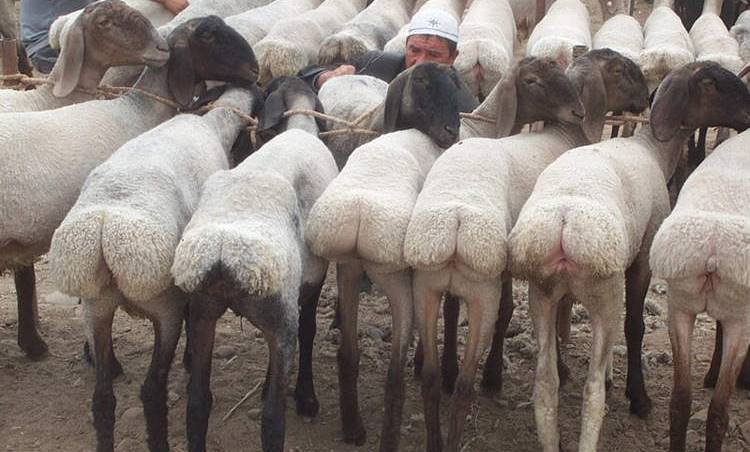
Fat-Tailed Sheep Have Some Serious Junk in the Trunk
Fat-tailed sheep are a type of domestic sheep mainly found in arid areas and known for accumulating fat, mainly in the rear part of their bodies, which not only gives them a unique look but also helps them stay cool in extreme heat.
Native to the Middle East and North Africa, fat-tailed sheep have been around for thousands of years, but some people are still oblivious to their existence, mainly because of their geographical distribution. In the 5th century BC, the Greek historian Herodotus wrote about fat-tailed sheep and how shepherds made small wheeled carts to keep their animals’ droopy tails from touching the ground. Although there are several fat-tailed sheep breeds, most of them have broad fat-tails where large amounts of fat are accumulated in buttock-like deposits in the hind parts of a sheep, on both sides. Some of them end up looking like they had a Brazilian butt lift, which makes them really popular with breeders.
It is believed that the fat-tail physical trait first occurred naturally as a way of storing energy, and was later promoted by humans through selective breeding because of the unique texture that these bags of fat add to food. The sheep’s fat tail has become an important part of many cuisines, with its flavor usually described as rich and full.
The meat of fat-tailed sheep is said to be juicier and more tender than that of their thin-tailed cousins, and it may also be healthier for human consumption due to higher levels of Omega-3 to Omega-6 fatty acids and fewer saturated fats.



